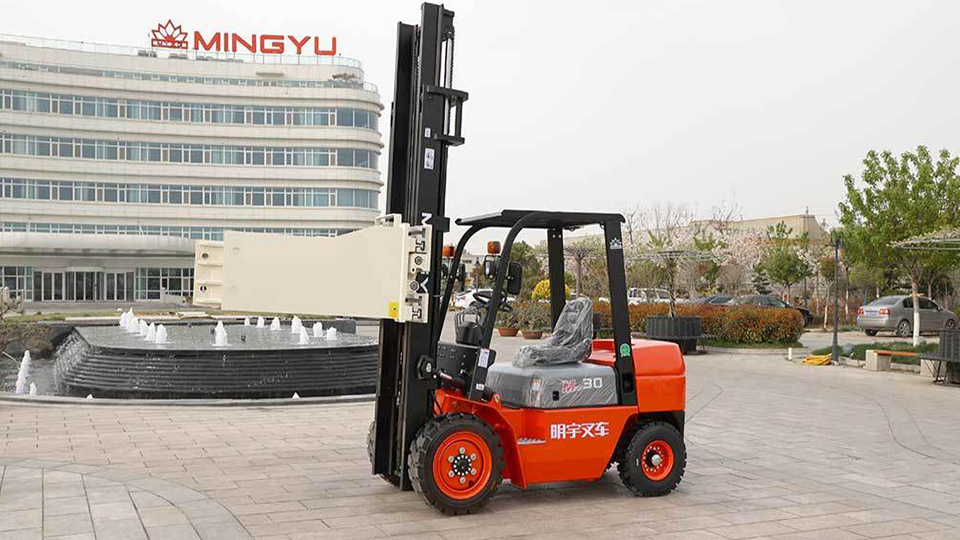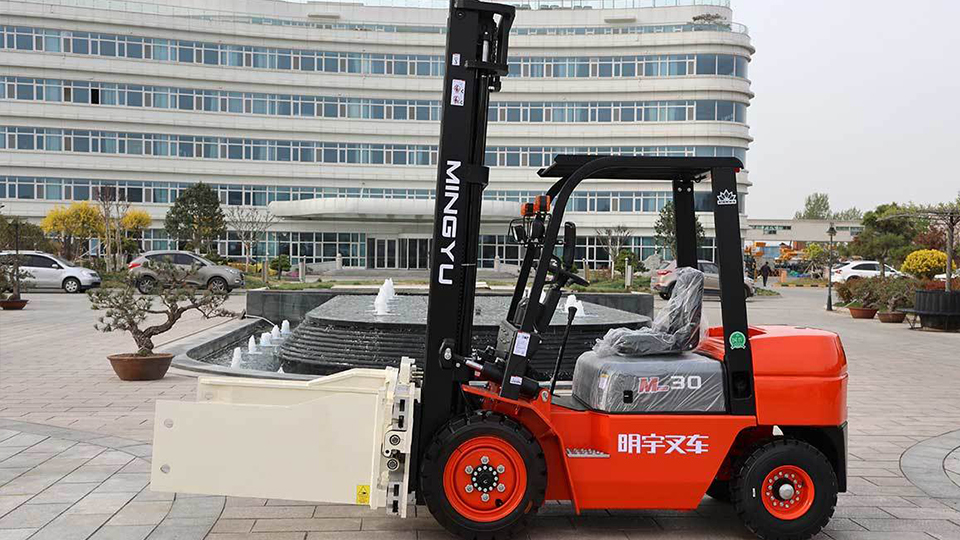
Navigating the Path to Forklift Certification: A Technical Guide
Forklift certification is not merely a piece of paper; it's a testament to an operator's competency and commitment to safety. In industrial settings, where forklifts are essential for material handling, proper certification is paramount. This technical article delves into the process of obtaining forklift certification, outlining the regulatory landscape, training requirements, evaluation procedures, and ongoing compliance.
The Regulatory Framework: OSHA's Mandate
In the United States, the Occupational Safety and Health Administration (OSHA) sets the standards for forklift operator training and certification. OSHA 29 CFR 1910.178, "Powered Industrial Trucks," is the cornerstone of these regulations. It mandates that employers ensure their forklift operators are competent and certified before operating any powered industrial truck.
Key aspects of OSHA's requirements include:
Formal Instruction: This encompasses classroom or online training covering fundamental forklift operation principles, safety protocols, and relevant regulations.

Practical Training: Hands-on experience with actual forklifts, focusing on load handling, maneuvering, and operational scenarios.
Evaluation: A comprehensive assessment of the operator's theoretical knowledge and practical skills.
Certification: Issuance of a certificate upon successful completion of training and evaluation.
Periodic Retraining: Retraining and reevaluation are required at least every three years, or more frequently if operators are observed operating unsafely, are involved in an accident, or are assigned to operate a different type of forklift.
Site-Specific Training: Training must be tailored to the specific workplace hazards and conditions.
Selecting a Qualified Training Provider
Choosing a reputable training provider is crucial for obtaining effective and compliant certification. Consider the following factors:
Accreditation and Compliance: Ensure the provider adheres to OSHA standards and, ideally, holds accreditation from recognized organizations.
Curriculum Depth: Evaluate the curriculum to ensure it covers all essential aspects of forklift operation, safety, and regulations.
Instructor Expertise: Verify the instructors' qualifications, experience, and ability to deliver engaging and informative training.
Practical Training Facilities: Assess the training facilities and equipment to ensure they provide a realistic and safe learning environment.
Hands-On Training Emphasis: Prioritize providers that offer substantial hands-on training and practical experience.
Cost and Duration: Compare the cost and duration of different programs to find one that aligns with your budget and schedule.
Reputation and Reviews: Seek reviews and testimonials from previous participants to gauge the provider's effectiveness.
The Certification Process: A Step-by-Step Breakdown
The forklift certification process typically involves three core phases:
Formal Instruction (Classroom or Online):
This phase focuses on theoretical knowledge and regulatory understanding. Key topics include:
Forklift types and components.
Operating principles and mechanics.

Load stability and capacity.
Safety regulations and procedures.
Hazard identification and prevention.
Pre-operational inspections.
Fueling/recharging procedures.
Load charts and capacity plates.
Center of gravity and load center.
Practical Training (Hands-On):
This phase provides hands-on experience with actual forklifts. Key skills include:
Basic maneuvers (forward, reverse, turning).
Load pickup, transport, and placement.
Operating in confined spaces.
Ramp and slope operation.
Emergency procedures.
Site-specific hazard navigation.
Evaluation (Written and Practical):
This phase assesses the operator's competency through:
Written tests to evaluate theoretical knowledge.
Practical demonstrations to assess hands-on skills.
Performance evaluations to gauge overall competency.
Certification Issuance:
Upon successful completion of the evaluation, operators receive a forklift certification card or certificate, which typically includes:
Operator's name.
Certification date.
Forklift types authorized.
Expiration date.
Maintaining Certification: Ongoing Compliance
Forklift certification is not a one-time achievement. Ongoing maintenance is crucial for continued competency and compliance.
Periodic Retraining:
OSHA mandates retraining at least every three years, or more frequently if necessary.
Retraining covers updates to regulations, safety procedures, and best practices.
Refresher Training:
Refresher training is beneficial for operators who have not operated forklifts regularly or who require additional practice.
Evaluation and Re-Certification:
Operators may need to undergo re-evaluation to renew their certification.
Documentation:
Maintain accurate records of training, certification, and retraining.
These records are essential for demonstrating compliance with regulations.
Site-Specific Training: Tailoring to the Workplace
OSHA emphasizes site-specific training, which addresses the unique hazards and operating conditions of a particular workplace. This training should include:
Workplace Layout: Familiarization with the warehouse or work area layout, including aisles, loading docks, and storage areas.
Surface Conditions: Awareness of floor conditions, ramps, and slopes.
Pedestrian Traffic: Awareness of pedestrian traffic patterns and safety procedures.
Load Types: Familiarization with the types of loads handled at the site.
Hazardous Materials: Awareness of any hazardous materials present at the site.
Operating Procedures: Familiarization with the site's specific operating procedures and safety protocols.
Benefits of Certified Forklift Operators
Employing certified forklift operators offers numerous benefits, including:
Reduced Accidents: Certified operators are less likely to be involved in accidents.
Improved Safety: Certified operators are more aware of safety procedures and hazard prevention.
Increased Productivity: Certified operators are more efficient and productive.
Regulatory Compliance: Certified operators ensure compliance with OSHA and other regulations.
Reduced Liability: Certified operators reduce the company's liability in case of accidents.
Improved Morale: Certified operators contribute to a safer and more positive work environment.
Advanced Certifications and Specializations.
Certain work environments require more specific training. Some of these certifications include:
Order Picker Certifications
Rough Terrain Forklift certifications
Narrow Aisle Forklift Certifications
Telehandler Certifications
By diligently navigating the certification process, operators and employers can ensure a safer and more efficient workplace, minimizing risks and maximizing productivity.
Name: selena
Mobile:+86-13176910558
Tel:+86-0535-2090977
Whatsapp:8613181602336
Email:vip@mingyuforklift.com
Add:Xiaqiu Town, Laizhou, Yantai City, Shandong Province, China